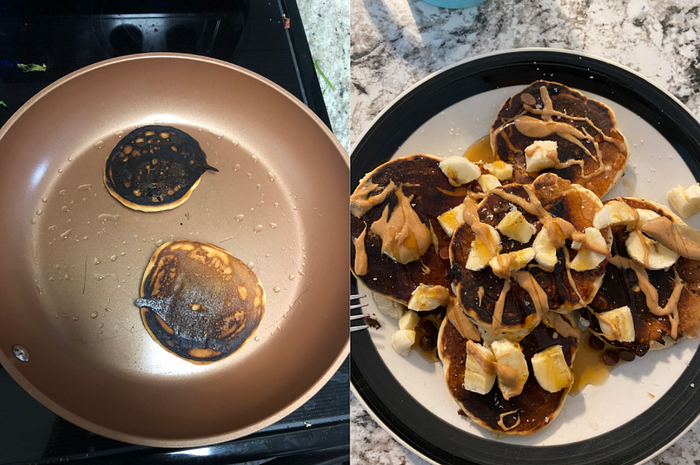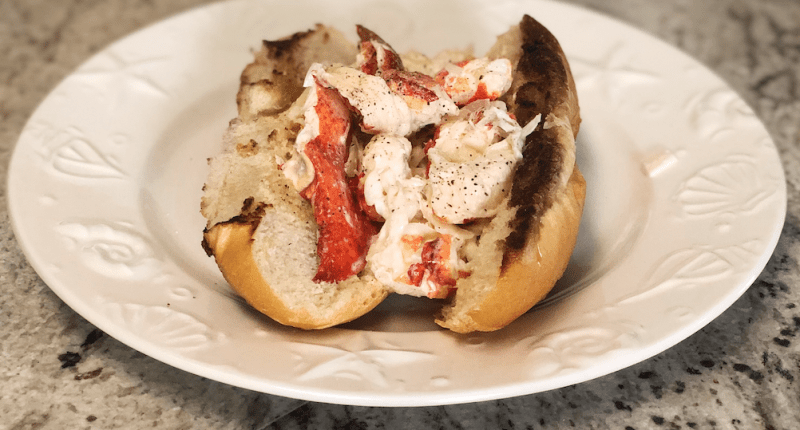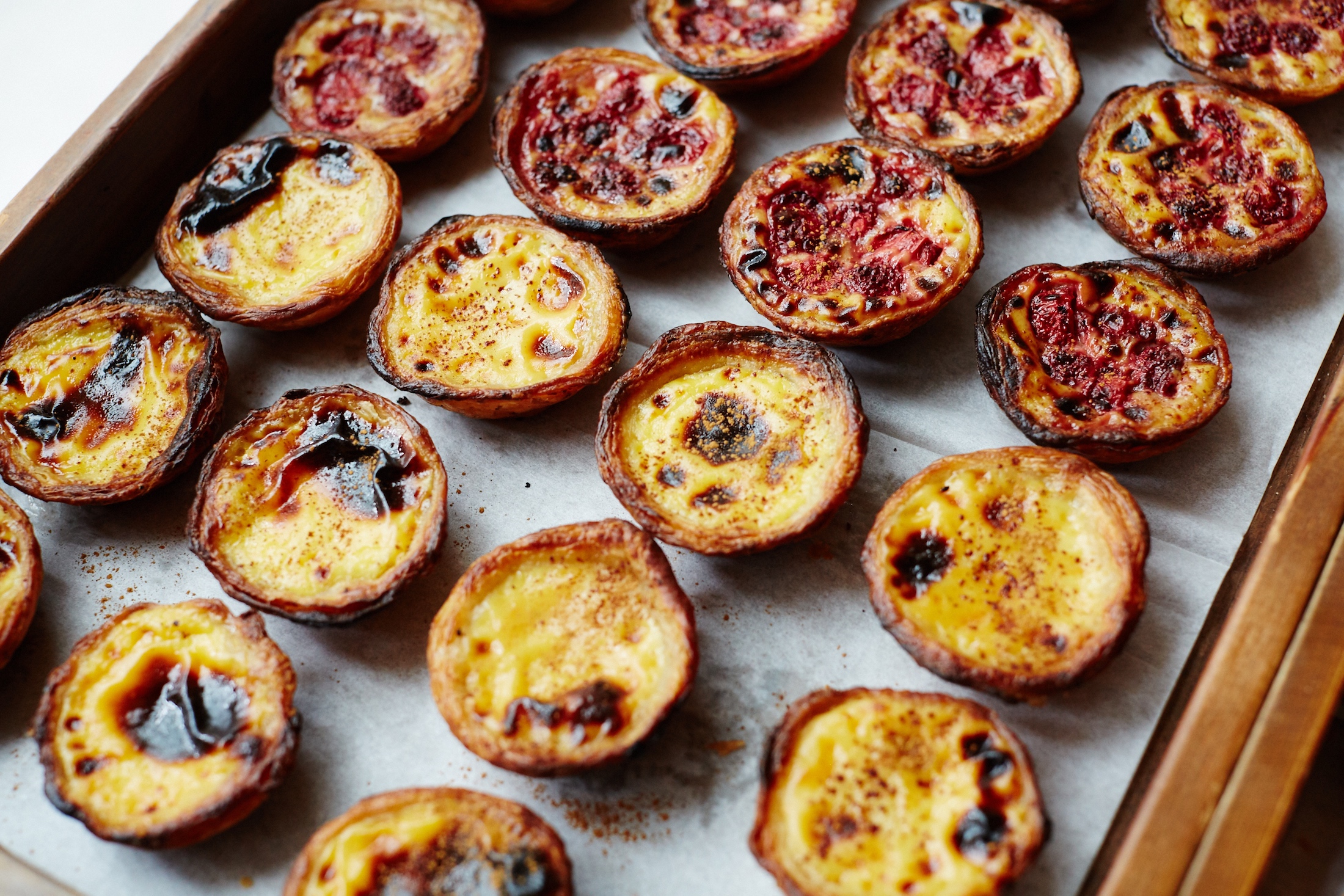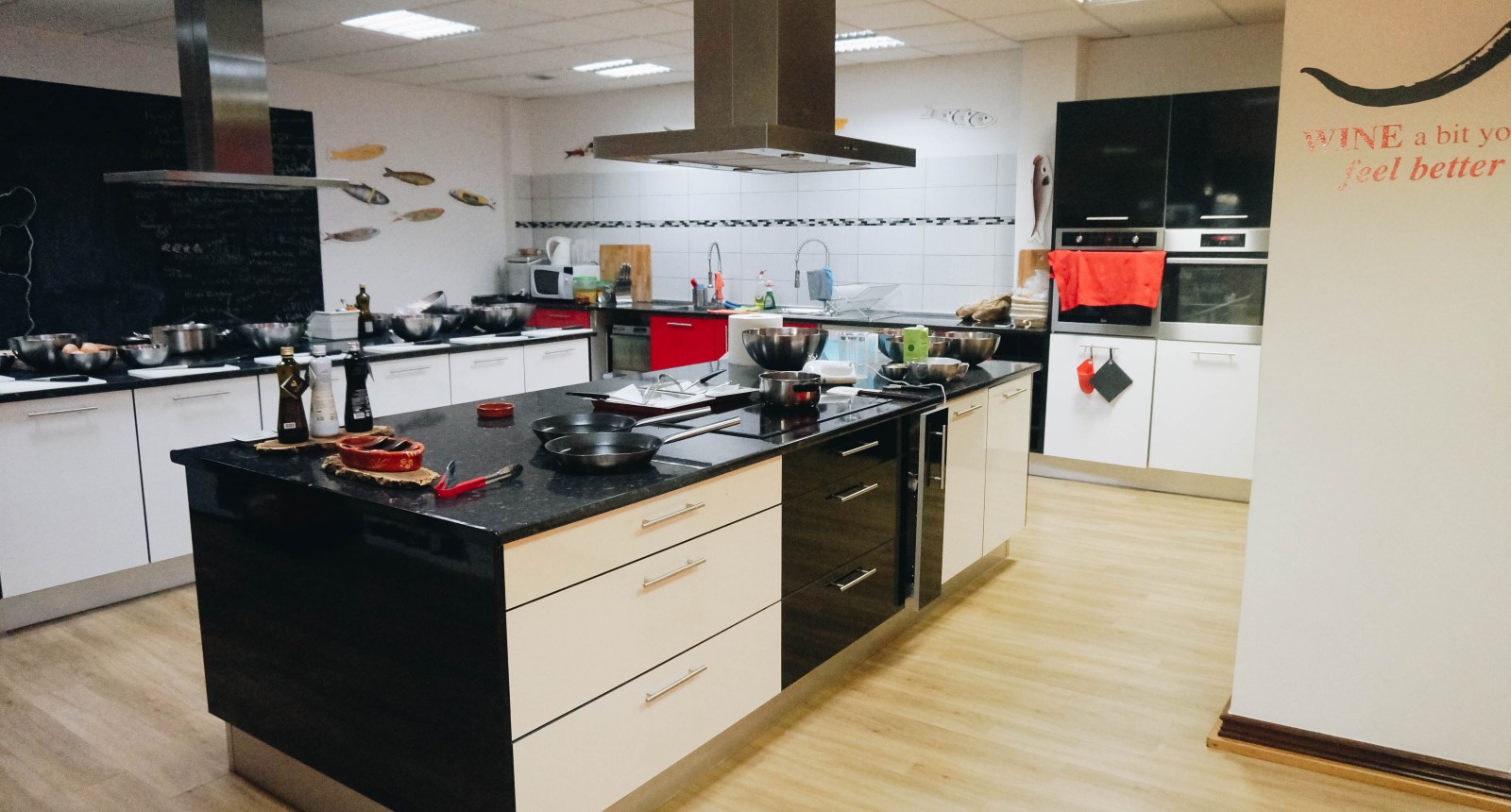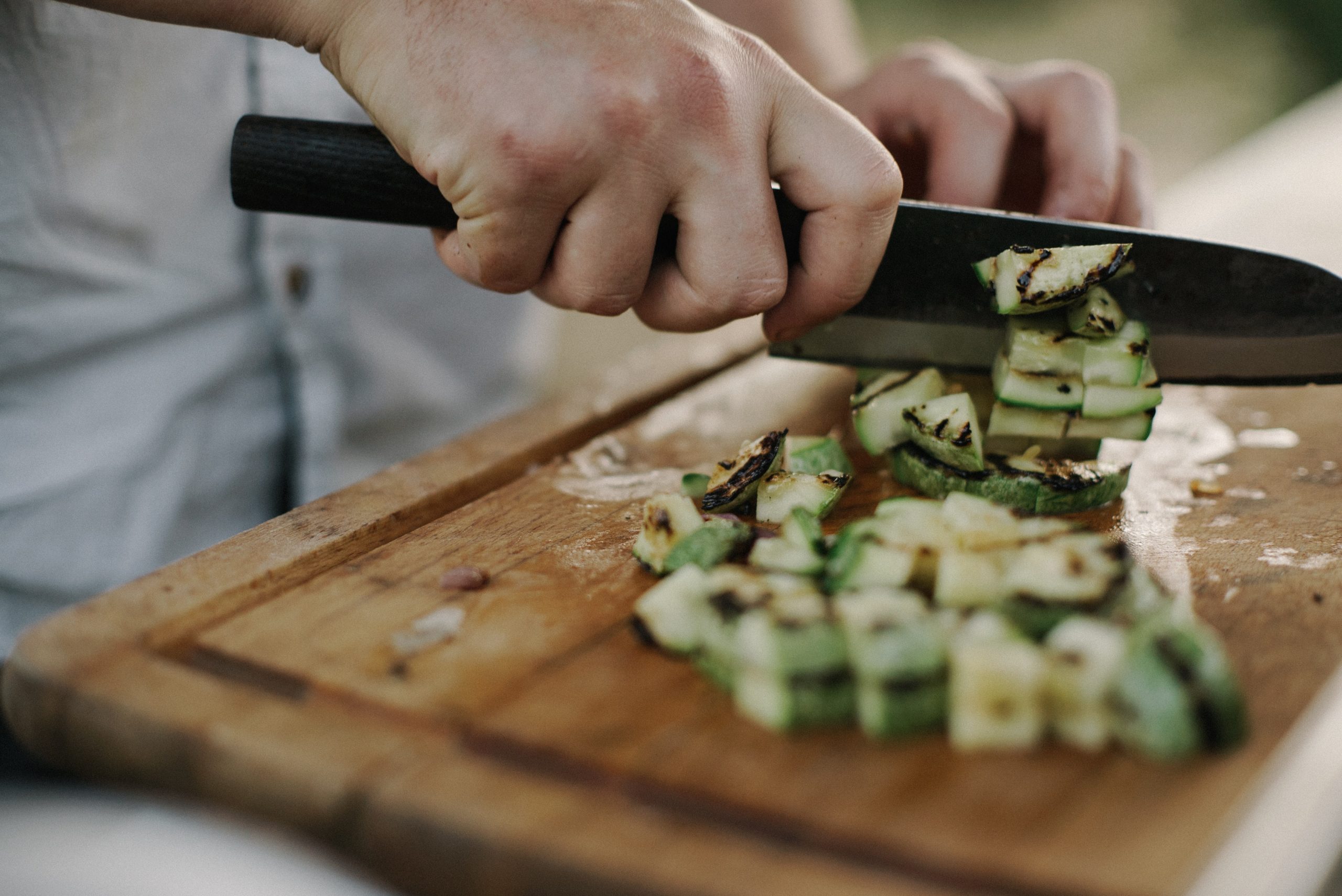
I Finally Learned How to Cook — These are the most important things I learned
Like many people throughout the pandemic, I found myself spending more and more time in the kitchen.
I’d never been a particularly bad cook, I just never took the time to learn how to cook or appreciate the process of preparing a meal. Before the pandemic, my belief was very much that cooking was cutting into time that I could be using to work. I ate out more than I ate at home and when I did have to cook at home it was whatever I could make in less than 30 minutes. Which, more often than not resulted in me eating charcuterie for dinner.
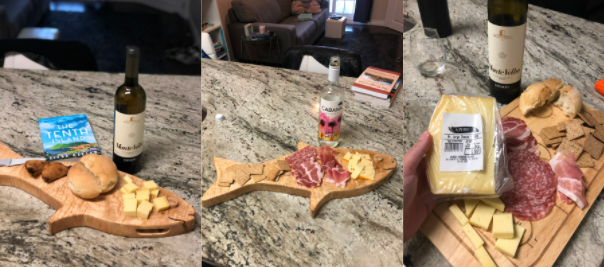
I could bake chicken breasts and steam vegetables. I knew my way around a rice cooker, but for the most part, I was clueless in the kitchen. I had no idea what it means to braise something or why you’d want to deglaze your pan after cooking. I didn’t even know how to reduce liquids.
Most importantly, I was disconnected from my food at home. A lot of my work revolves around reconnecting consumers with their food systems, but I myself wasn’t even connected to the food system. While I was always appreciative of a meal out at a restaurant, I never extended the same gratitude and appreciation to food at home. With restaurant closures early on in the pandemic, it became glaringly clear that I was not as in tune with my food as I thought I was. It felt like something was missing.
So in the spring of 2020, I made a commitment to getting closer to my food by learning how to cook. Really learning how to cook, not just learning how to follow a recipe and throw ingredients together.
I wanted to learn proper knife skills, and how to combine ingredients to produce delicious flavours. I wanted to understand what it means for a dish to be acidic and why it takes so long to make risotto.
And so I started reading. Reading was a natural starting point for me because I’ve always been a bookworm. I indulged in books like Cooked, Kitchen Confidential, and Salt, Fat, Acid, Heat. Then I joined Masterclasses where professional chefs taught kitchen skills recipes. And then, I practiced. A lot.
In just over a year I went from being clueless in the kitchen to being a pretty damn good home cook.

Today, I can whip up a delicious dinner off the top of my head, using whatever is in my kitchen. Here are ten of the most important things I’ve learned that have made me a better cook.
1. Mise in place. Or, have your ingredients ready
I didn’t know there was a term for kitchen organization until I read Anthony Bourdain’s Kitchen Confidential. But the term mise in place essentially means having all your ingredients organized, prepped, and ready to go. This means everything is chopped and measured out before you even turn on your stove. Having everything ready to go makes the kitchen much easier to navigate and results in better-tasting food.
2. One good chef’s knife is all you need
Investing in one good chef’s knife will save your life. You don’t need 10 shitty $20 knives nor do you need a single knife for each type of cutting you might do in the kitchen. You just need one good knife. Spend a couple of hundred dollars on a high-quality Japanese knife. It will save your life. This is the knife I use.
3. A cast-iron pan is a gamechanger
In Kitchen Confidential, Anthony Bourdain says that a “a proper sauté pan should cause serious hed injury if brought down hard against someone’s skull”. He was absolutely right. When I switched from my dinky frying pans to a quality, cast-iron pan, not only did my cooking improve but it got much easier to create delicious meals.
4. The 3 ingredients you should always have on hand
Salt. Butter. Lemon. These three items should always be in your kitchen. Salt enhances flavor, butter just makes everything taste better, and the acidity of lemon helps to balance a dish while adding freshness.
5. You’re undersalting everything
Like, by a lot. The key to salting correctly is to salt during the cooking process and salting often. In Salt, Fat, Acid, Heat, Samin Nosrat writes, “salt isn’t something to do once and then check off your list; be constantly aware of how a dish tastes as it cooks, and how you want it to taste on the table”. A dish that’s salted properly during cooking won’t need any extra once served.
6. Taste everything as you go
If you’re wondering how to be sure that you’re adding enough salt but not oversalting, this is how. Taste your food as you’re cooking it. Each time you add something, taste to see how the flavours have changed. If you only taste your food once you’re done cooking, it’ll be too late. Taste early and taste often. This is the easiest way to find mistakes in your cooking and course correct. It’s also a great way to learn more about how different flavours interact and how certain ingredients can change a dish.
7. Good cooking is a workout
If you’re not burning 100 calories making dinner you’re not cooking right. I’m not talking about a lazy weeknight dinner where you’re making yourself pasta. If you’re making a romantic dinner for your partner or cooking for friends, really cooking, you should be sweating, chopping, stirring one pan while searing something on the other; in general, you should be constantly moving.
8 . You spend a lot of time doing dishes
Good cooking is a workout because you should have multiple stations going, which means multiple pots, pans, bowls, and trays. There is no one-pan anything in serious, good cooking. I’m sorry.
9. Don’t be afraid to turn up the heat
I mostly cook seafood, so this was a particularly important thing for me to learn since most seafood is best cooked at a high temperature. One of the differences between home kitchens and restaurant kitchens is how hot the stove gets. In a restaurant, things are cooking at high temperatures over big flames, which is how we get those rich, juicy restaurant flavours. To recreate that at home, we’ve got to crank up the heat. The most perfect seared scallops are cooked in a hot pan for a short period of time. That’s what gives its crispy, browned outside, while the inside remains tender. I cook most seafood on high or medium-high heat and always let my pans get hot on the stove for a few minutes before I start cooking.
10. How to tell when the pan is hot
On that note, you can easily tell when your pan is hot enough by flicking some drops of water into it. There are plenty of other tricks you can use too. Some people like to hover their hand above the pan to feel the heat or move oil around until you see ‘fingers’, but I personally like the water flick. The sizzling sound of a pan that’s ready to cook is like the gunshot that starts a race.
The *moment* when I realized I needed to figure my shit out in the kitchen was when I burnt an entire box of buttermilk pancakes. I am very happy to report that I have now mastered pancakes.
